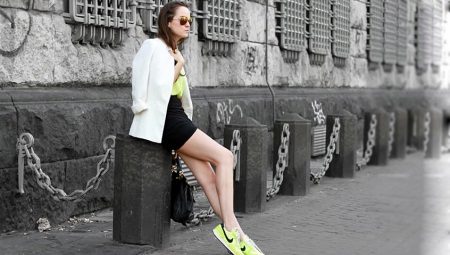Sports shoes are very popular nowadays, because in the pursuit of a beautiful body, many girls resort to all kinds of physical activities, where such shoes are simply necessary.
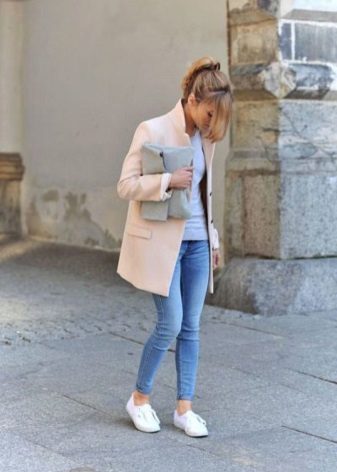
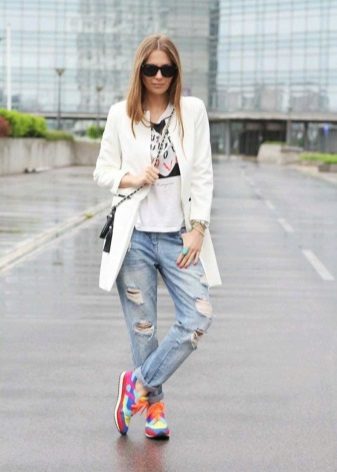
The brightest representative among all models of sports shoes are sneakers, which, by the way, have long been used not only for direct use, but also to create comfortable and most functional sports images.
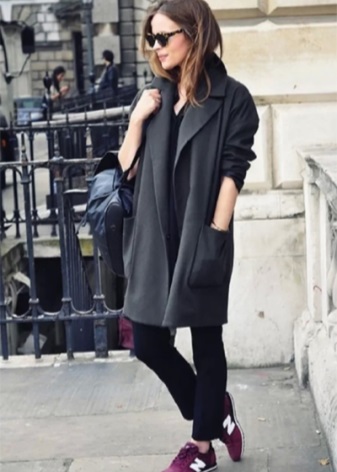
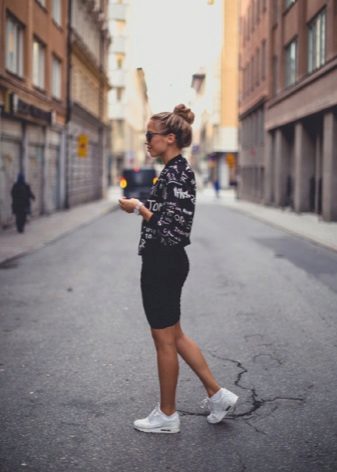
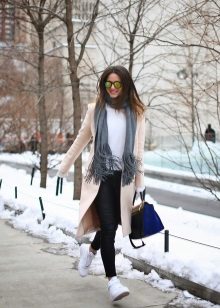

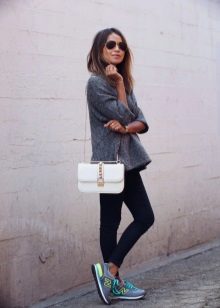
Models of sneakers suitable for everyday use have many small elements that distinguish them from each other, as well as lacing, which is not only the functionality of the product, but also a kind of decor.


Features sneakers, as well as beautiful ways and types of lacing are presented in more detail in this article.
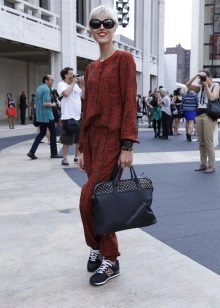
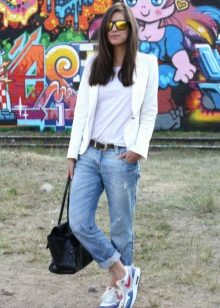
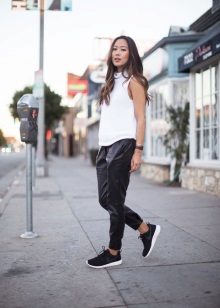
What are sneakers?
So what exactly are sneakers? In order to most fully answer this question, you should delve a little into the history of the product, because its name comes from its intended purpose.
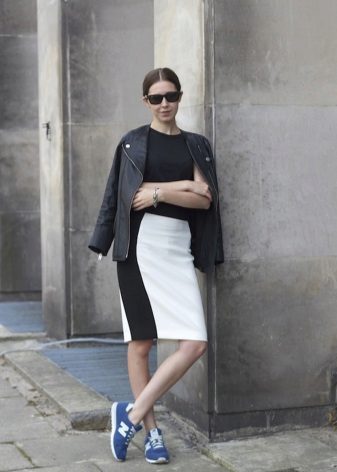
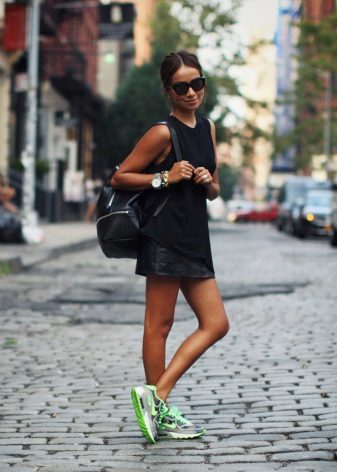
Initially, this shoe was designed to overcome long distances through running, which are called cross-country. From here comes the corresponding name of the shoe, which was designed and manufactured specifically for this lesson.
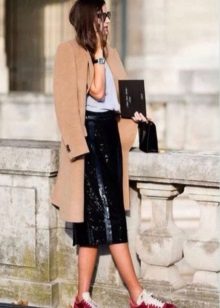

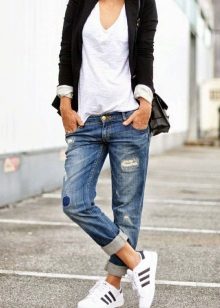
Nowadays, sneakers are simply defined as a kind of sports shoes, but the scope of their application is not limited only to sports, it is much wider and more diverse, in fact, like the model range of these shoes.
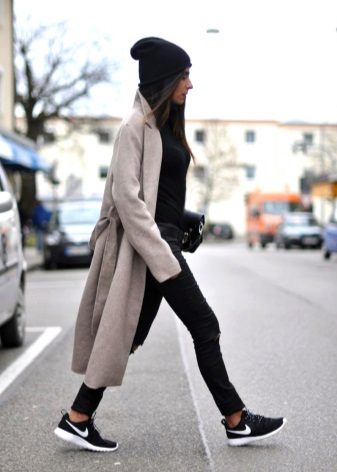
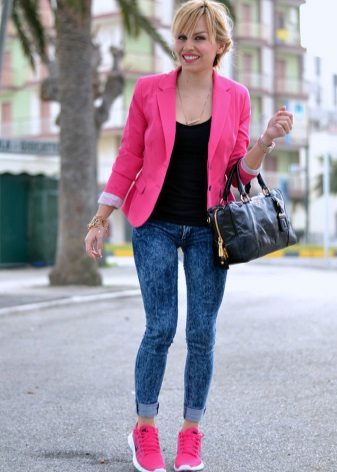
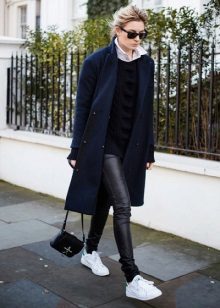
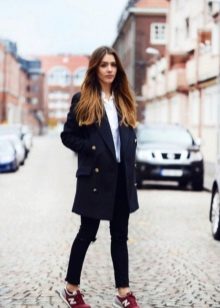
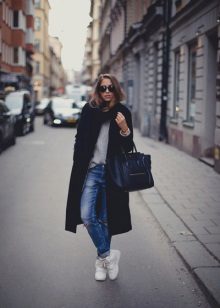
History and purpose of sneakers
The existence of sneakers supposedly began at the end of the eighteenth century, when shoes on fairly dense, rubber soles became available to the people, which did not have a specific division into the right and left foot, which, in turn, caused certain inconveniences.
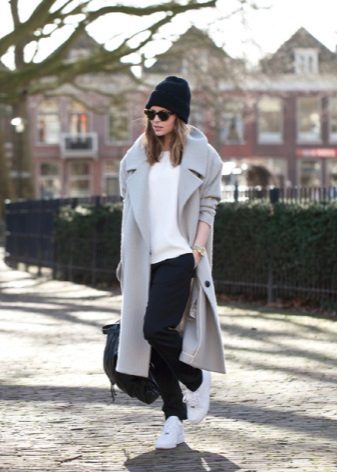
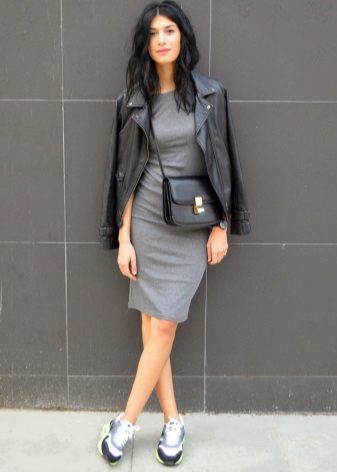
A little later, by about 1895, the first shoes with spikes on the soles were born, and in 1892 the first sneakers were made - rag shoes with thick rubber soles.
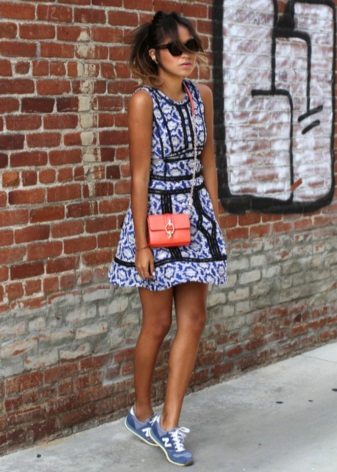
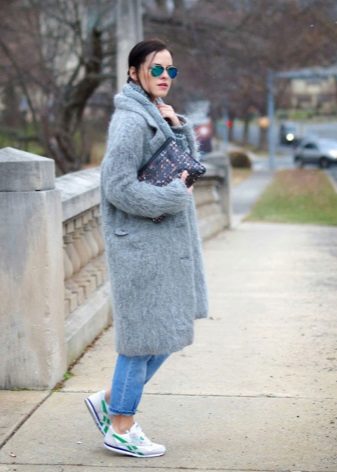
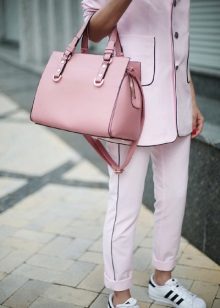
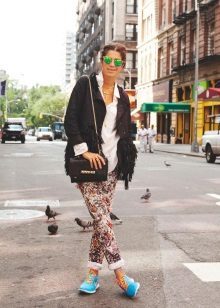
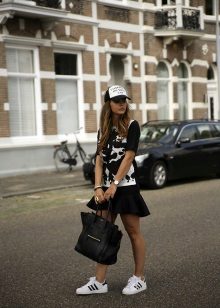
German sportswear manufacturers began producing the corresponding shoes in 1920, the first Adidas sneakers were born. As already mentioned, the shoes were intended exclusively for sports running.
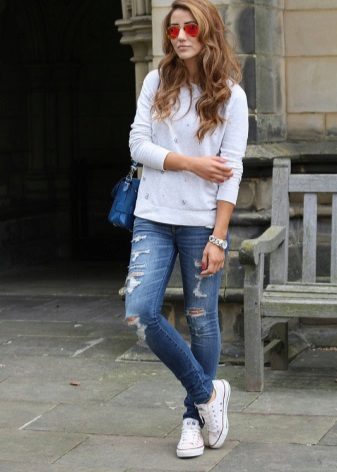
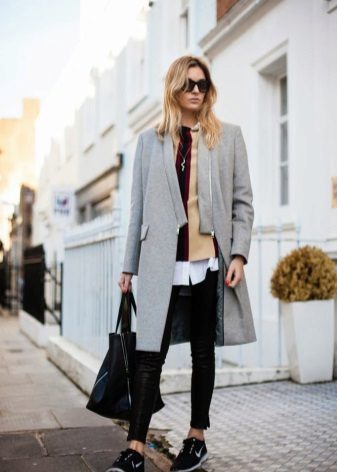
Sneakers among the athletes enjoyed some success, and after the release of the movie “Rebel Without a Cause”, where the main shoes of the protagonist were sneakers, these shoes began to be widely used in everyday life.
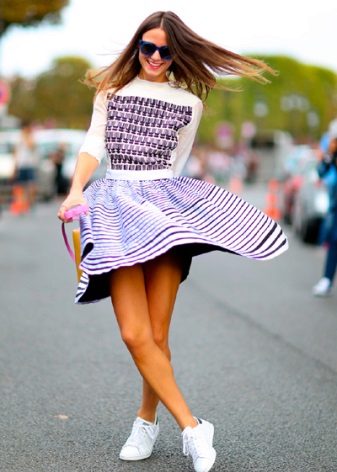
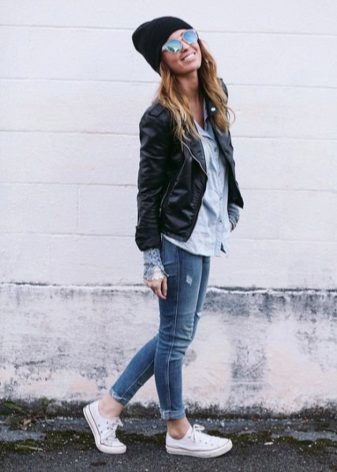
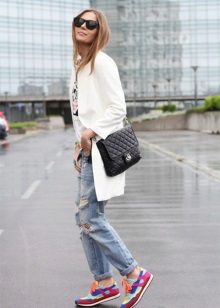
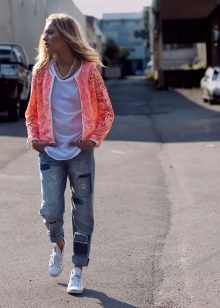

In 1957, when sneakers filled the windows of shoe stores, manufacturers of other types of shoes decided to overcome the competition by slandering trendy sports shoes. They stated that the shoe pad was not designed correctly and had a detrimental effect on the foot of both children and adults.
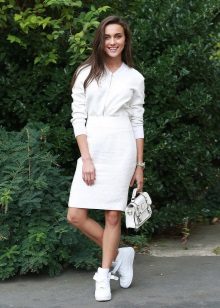
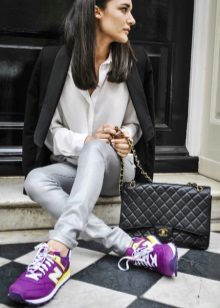
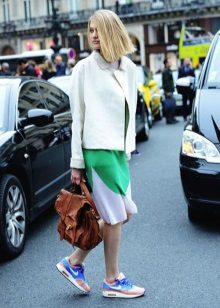
But with the help of relevant studies, this rumor was dispelled and the sneakers did not lose their popularity, and even vice versa - they gained even more fans, among people who carefully monitor their physical health and condition of their legs, including.
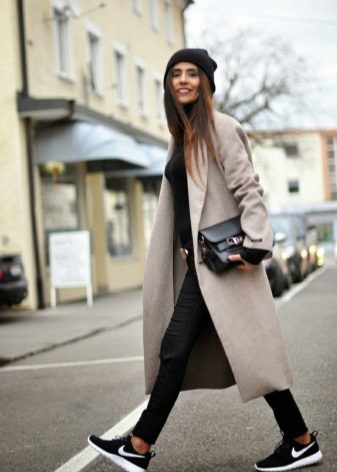
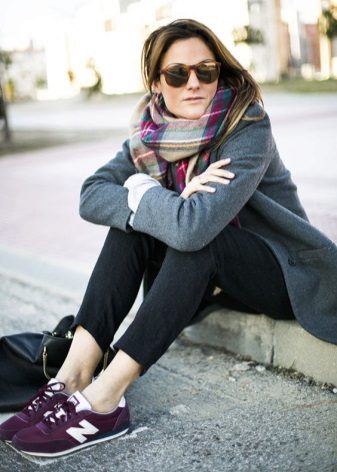
Lacing history
Laces are an integral part of most models of sneakers, so you should pay a little attention and consider the history of this rather interesting detail.
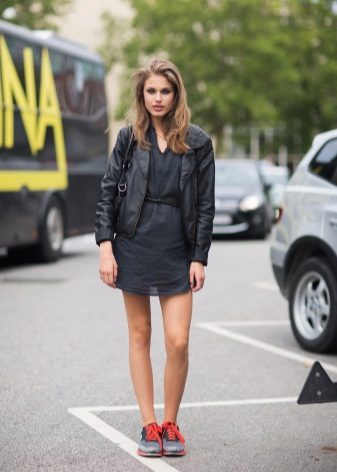
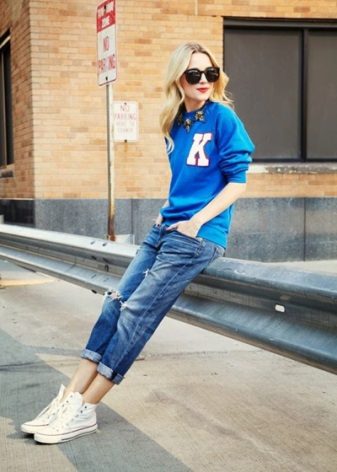
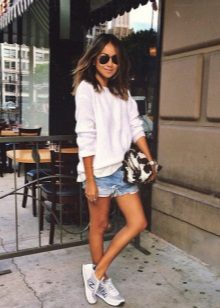
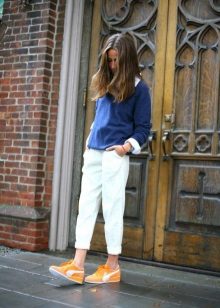

Despite the German origin of the word cord, from which the name of the lace is formed, England is considered the country of its origin. It was the British who gave the lace such an appearance in which it remains, to this day - a woven “rope” of various lengths with solid tips in the form of cylinders, about one centimeter wide.
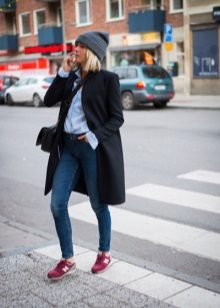
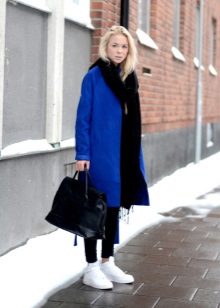
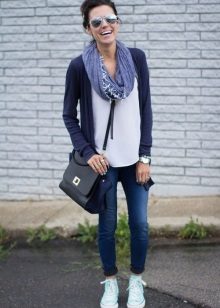
Although the first shoelaces were invented by scientists, attempts to fix shoes on the foot with different ropes and twine were noticed earlier, when the peoples of Ancient Greece and Rome used them to tie sandals and different boots.
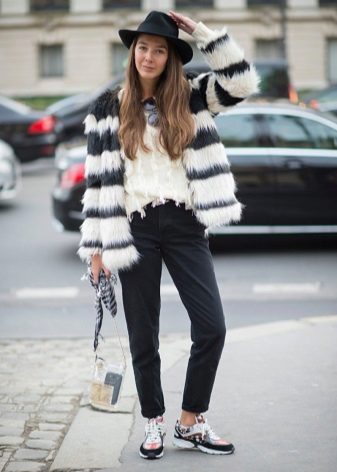
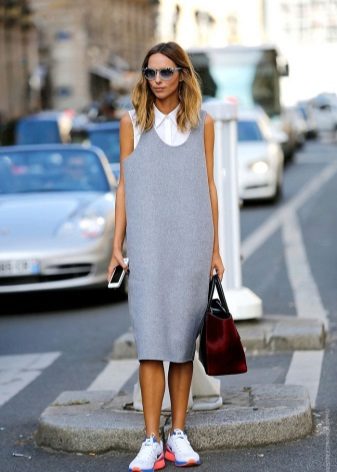
In addition to belonging to shoe functional elements, laces with lugs were part of ordinary clothing in medieval Europe. Various corsets, vests and aprons had lacing, which greatly facilitated their use.
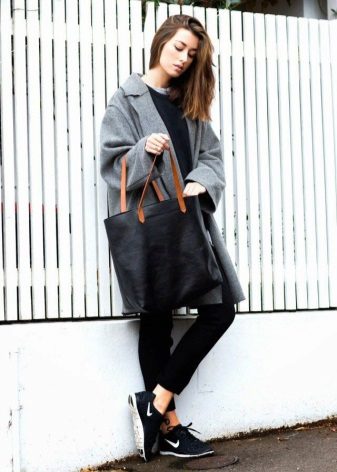



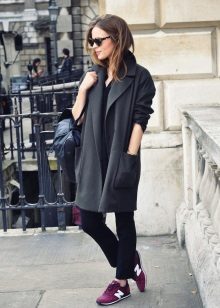
Laces are the most practical and convenient, among other fasteners and methods of fixing shoes, since the dense texture is quite wear-resistant and tear apart, unlike hooks and fragile zippers.

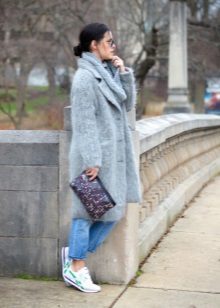
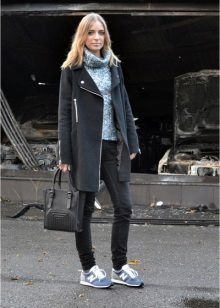
Types and methods
There are a lot of ways of lacing, in some of them a certain number of holes is involved - 4, 5, 6, 7 or even 8. Some species have a bow, while others are tied without it, and there are many cool, decorative options. Consider the most common and interesting of them.
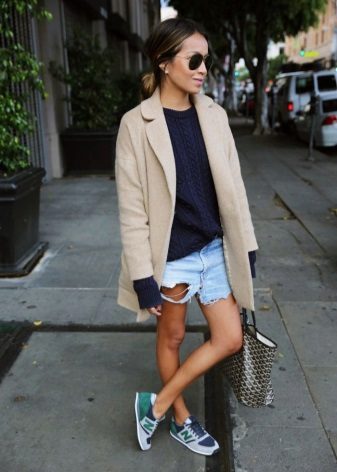
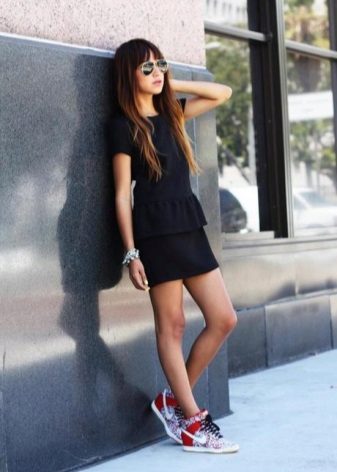
- Traditional look - the lace is passed through both lower holes, then threaded into the rest, crossing each other. The ends of the lace are passed from the inside of the holes.
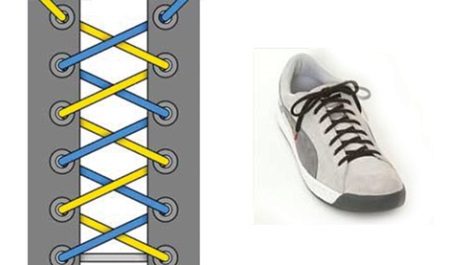
- Cross-stitch lacing (or butterfly) - The lace is threaded in a special way, forming a cross in the perimeter of the four holes. The crosses should not be in contact and intertwined.
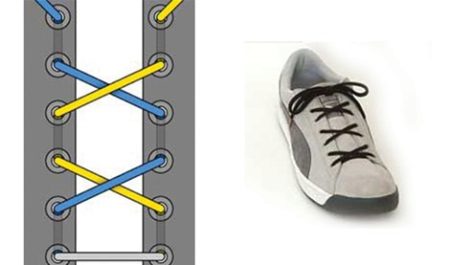
- Straight lacing - lacing occurs using only one end of the lace, stretching in a horizontal position. The complexity of this type may lie in the fact that aligning the free ends will be quite difficult.
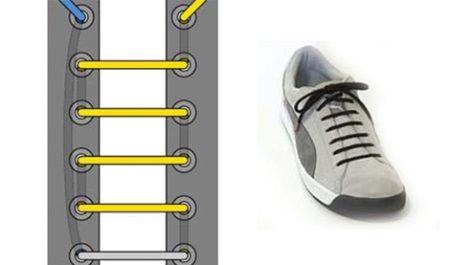
- Shop lacing - has such a name, because, in this way, the sneakers are laced for sale.One end of the lace is threaded diagonally into the lower and upper holes, and the entire product is laced using the other.
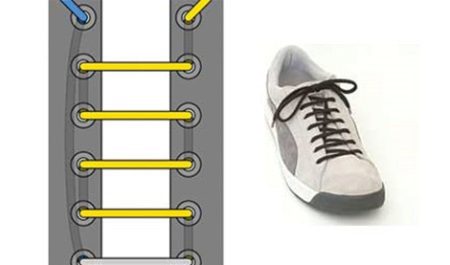
- Double back lacing - in terms of design and external general features, this species resembles traditional lacing, with only one difference - crossed lines have the opposite direction.
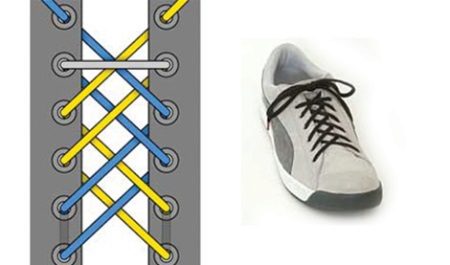
- Military lacing - a method that reflects the reverse side of lacing with crosses, since the principle is the same, but the side lines are outside in a vertical position.
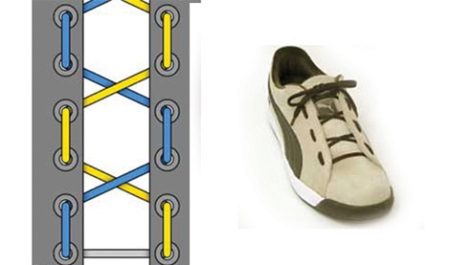
- Lacing "Railway" - the method has similar features to the previous one, since it also has vertical lines of laces in the area of the holes. The difference is that there are no intersecting lines, and the laces in the area of the tongue are horizontal.

- Lattice lacing - It is difficult to execute and tighten, but it is a bright decoration of sports shoes. First of all, lines of one orientation are laced with the help of one end, then with the other end the lacing is done in the other direction, with the already existing lines interlacing.
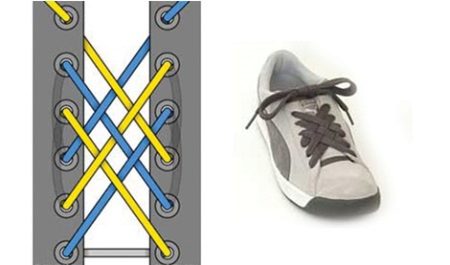
- Zip Zipper Lacing - the peculiarity of the method is that the interlacing of the ends of the lace resembles a zipped button, but this type has one significant drawback - such a lacing is quite difficult to tighten.
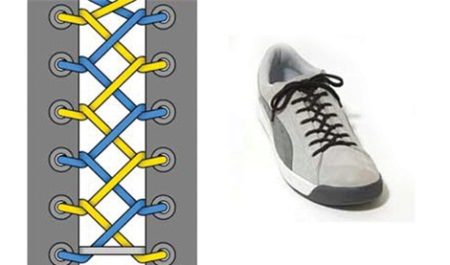
- Double two-tone lacing - It is performed in exactly the same way as the double reverse, but with the use of laces in two different colors.
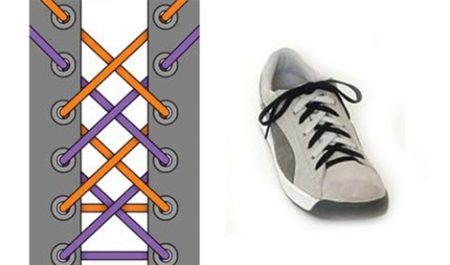
Original options: step by step tying
In addition to standard, familiar for all types, there are also ways of original lacing, more difficult to perform, so their features should be considered in more detail.

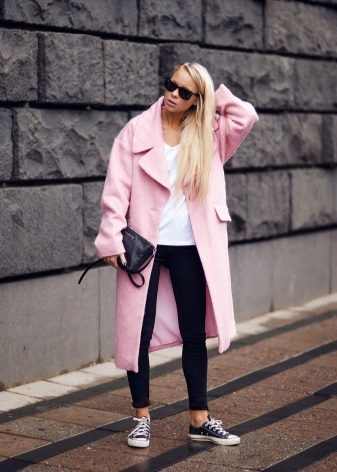
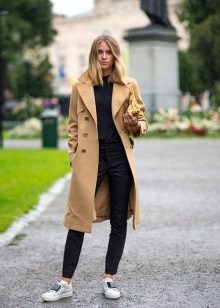
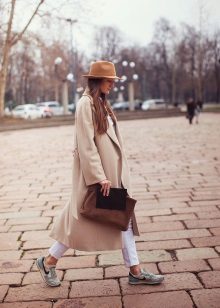
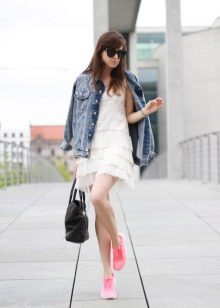
Lacing with knots:
- the lace is threaded into the lower loops;
- when weaving ends, a single or double knot is created;
- these manipulations are carried out to the very top holes, then a standard bow is tied.
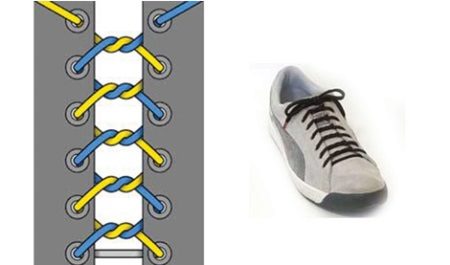
Lacing "Roman numerals":
- the lace is threaded into the lower holes;
- by weaving the ends, the figure X is created in the perimeter of the four holes;
- then the lace is threaded so that a horizontal line comes out;
- then a cross goes again, and the elements alternate to the end of the holes.

Lacing "World Wide Web":
- the lace is threaded into the lower holes;
- the horizontal line is not laid, it is necessary that the laces are intertwined at the bottom;
- then vertical stripes are created, which will also serve as original loops;
- the lace is threaded from the inside using vertical lines like loops.

Lacing for cycling:
- the lace is threaded through the lower holes;
- lace up with horizontal lines to create vertical lines;
- the bow is tied on the side from the outside of the leg so as not to interfere with riding a bicycle.
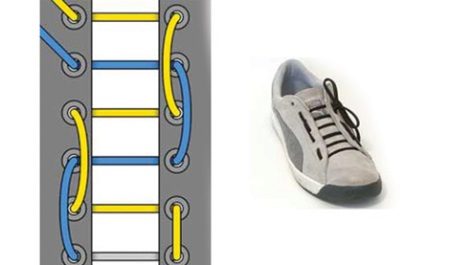
Lacing for soccer (Sox):
- the lace is threaded vertically into the two lower holes so that the edges are slightly protruded below;
- then a horizontal line is created;
- after lacing is the usual, cross-over way.
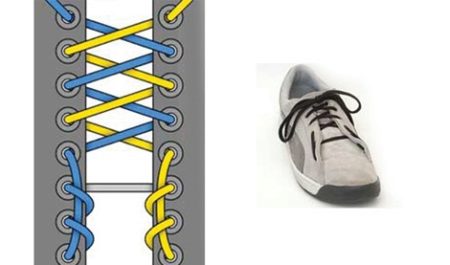
How to hide laces in sneakers?
For greater convenience and a more accurate appearance, you can try to hide the laces in sneakers. Of course, you can try to do this completely by lacing the product under the tongue, but this way the shoe will look even more untidy, so you should immediately discard this option.
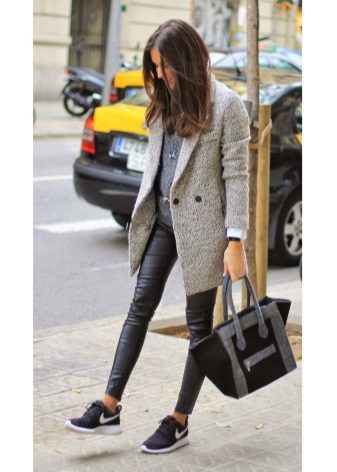
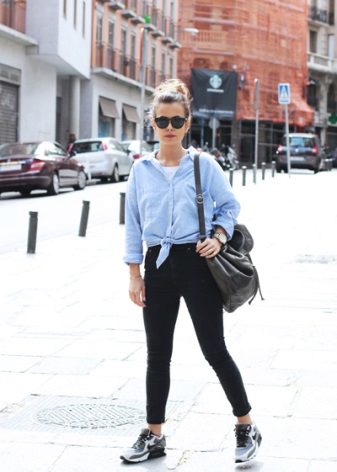
You can use your favorite of the presented types of lacing, just tucking the ends inward, or you can be puzzled by the search for appropriate options. Although not many, they nevertheless exist.
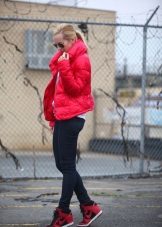
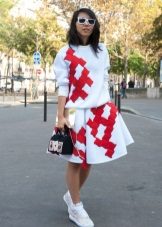
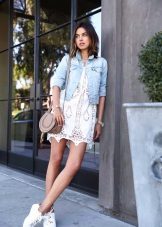

A striking example of this method is lacing with a hidden knot:
- the lace is threaded into the lower holes in a horizontal position;
- then lacing is done with exactly the same horizontal lines, while hiding the vertical ones;
- the top row of holes is not affected;
- the bow is tied inside, under the tongue, so that it is not visible at all.
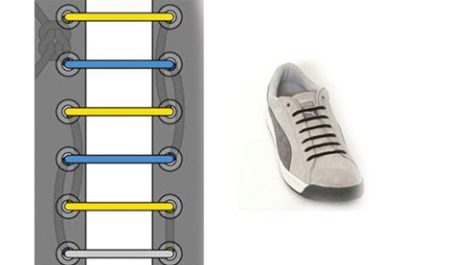
One-handed lacing also has hidden ends and, in principle, resembles the previous version, with the exception of the presence of diagonal lines from hole to hole:
- one end of the lace is in free space under the horizontal lines;
- but initially the laces are threaded into the lower holes in a horizontal position;
- then lacing is done using one end, by creating horizontal and diagonal lines;
- a knot is created at the top, and the free end is hidden inside the shoe.
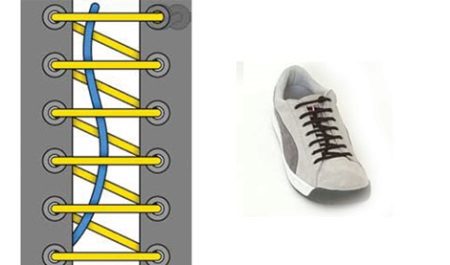
How to lace up sneakers with tongue?
Almost all models of sneakers with lacing are also equipped with a tongue that performs a rather important function - it covers the part of the leg under the laces and greatly facilitates putting on and removing shoes.
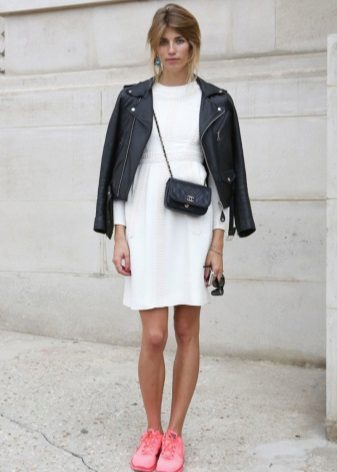
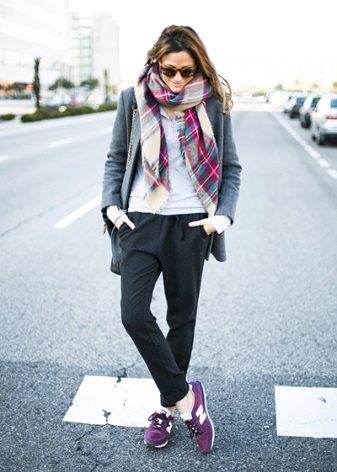
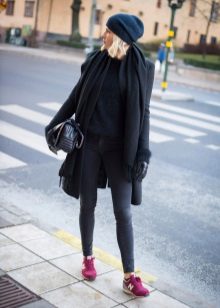
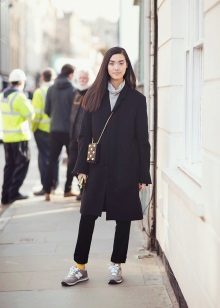
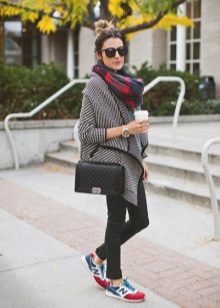
Given all this, you can safely apply any of the above methods, since each of them is perfect for lacing sneakers with the tongue.
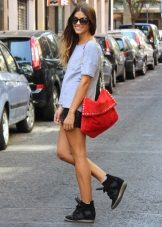
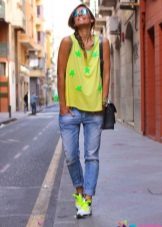

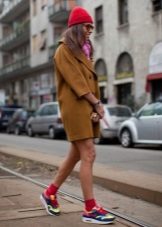
The only difference may be the degree of tightening, since in the case of tight - the tongue will fit snugly to the leg and look more neat, and if it is loose - it will protrude slightly and create a feeling of stylish carelessness.
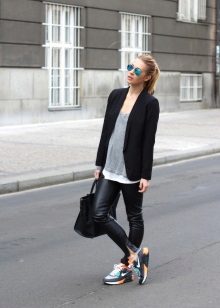
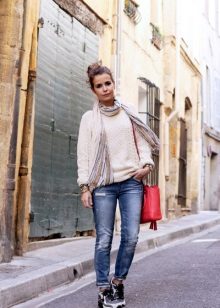

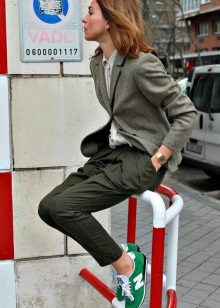
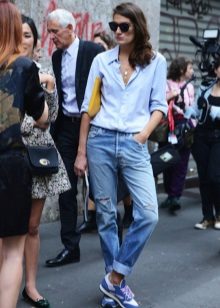

Automatic lacing system
More recently, the famous brand Nike announced the release of an unusual new item - a sneaker with an automatic lacing system. This model is definitely a novelty and will make a splash in the fashion for sports shoes, but how does this product work?
In fact, everything is not as complicated as it might seem. Having put the product on the foot, the sneaker is immediately fixed in two places: one clip is in the ankle region, the other is responsible for fixing the foot with laces, which are in the usual arrangement.
There is a kind of switch on the product, which “gives the command” to the laces, and also helps to loosen them in the case of excessively tight lacing. But if you believe the manufacturer, you can loosen the laces with your own hands.
In order for the lacing to begin its action, it is necessary to put the sneakers on the legs and press the heel on the back of the product. In addition, the sneakers are equipped with decorative lighting, which is also turned on by pressing a special button.
Stylish looks with sneakers
- White sneakers combined with tucked-up boyfriend jeans, a thick oversized peach sweater, a blue drape coat and white hat look great!

- White high top sneakers, skinny jeans with torn knees and a loose fit t-shirt are what you need to create a great casual look.
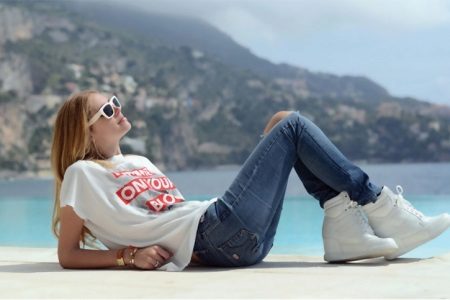
- Slim fit 7/8 skinny black jeans, a cropped jacket and a cropped black top, and go for dark sneakers with bright soles.
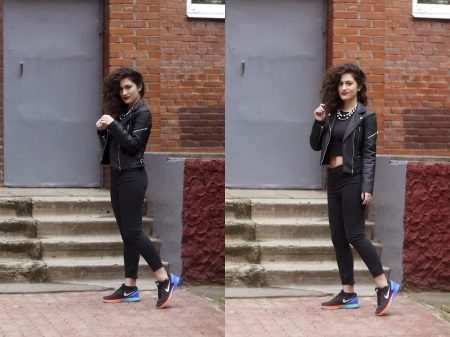
- Straight ripped jeans with wide gates, a dark gray long sleeve jacket, a blue tweed jacket and a menthol-colored feminine handbag on a long strap are perfect for light sneakers with bright decorative elements.
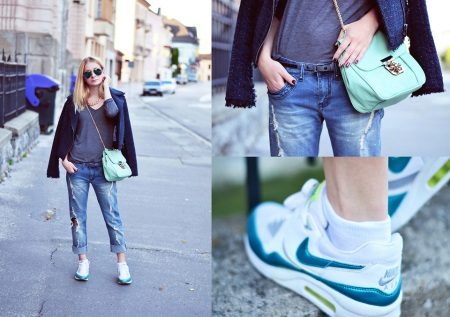
- Loose jeans - boyfriends, a black T-shirt and a cashmere coat in the color of coffee with milk will make an excellent combination with white flat-top sneakers.
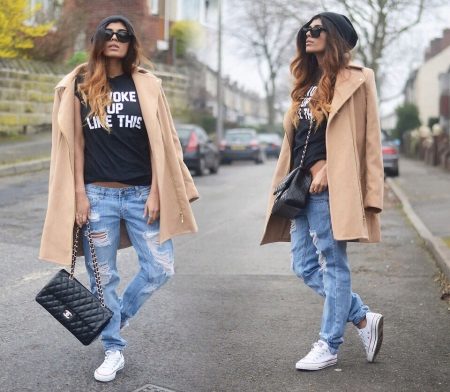
- A sandy oversized cashmere coat with a length below the knee is perfect for dark suede sneakers, especially when complementing the outfit with thick black tights and a leopard bag.
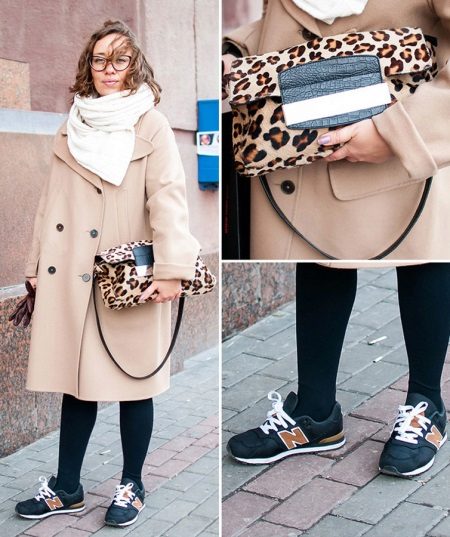
- Skinny dark blue lapel jeans, a sandy draped coat and a bright checkered scarf will look great with burgundy sneakers.
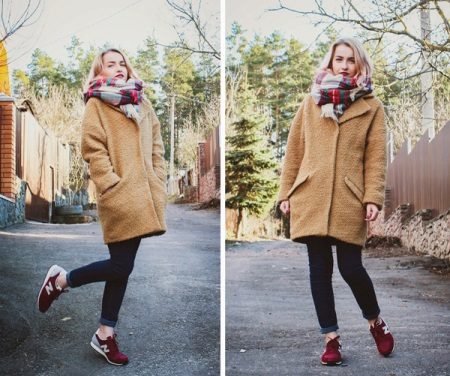
- Gray sneakers with a white ribbed sole are perfect for a knit dress of the same shade, and a delicate pink coat will add a little femininity to the outfit.

Pair blue sneakers with skinny black jeans, a white cotton shirt, and a navy blue jacket for a work-approved look.
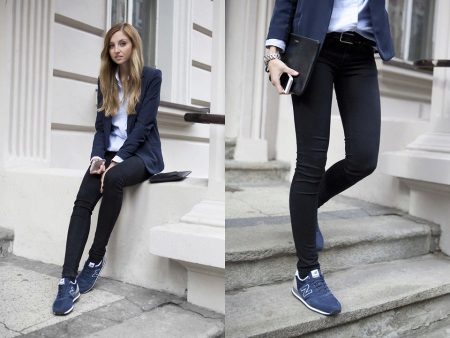
- A tweed gray coat, white oversized sweater, skinny black jeans and ripe cherry sneakers are a great outfit formula to have in your arsenal.

